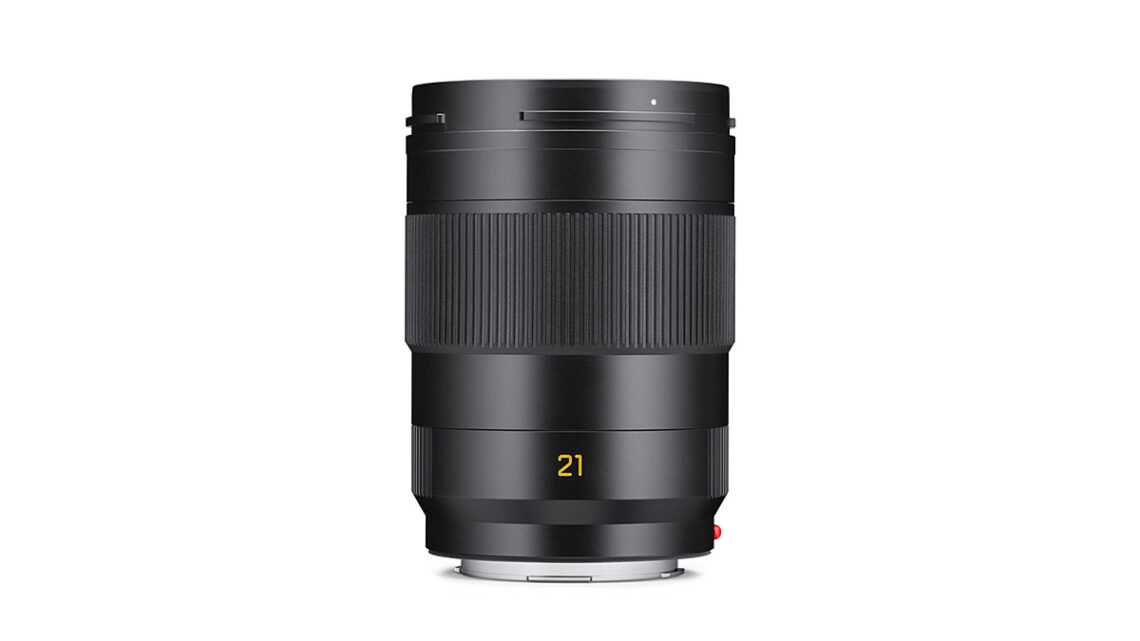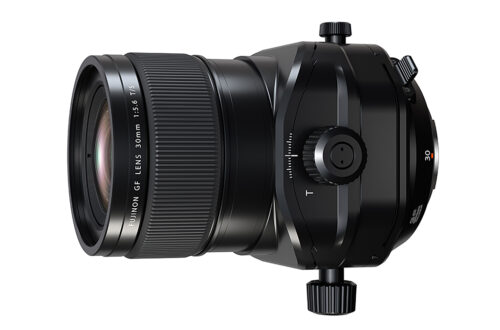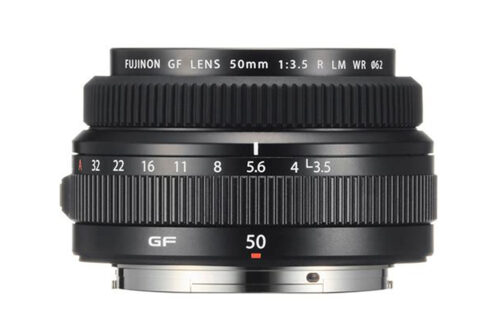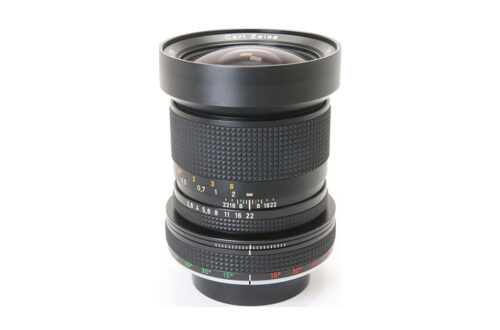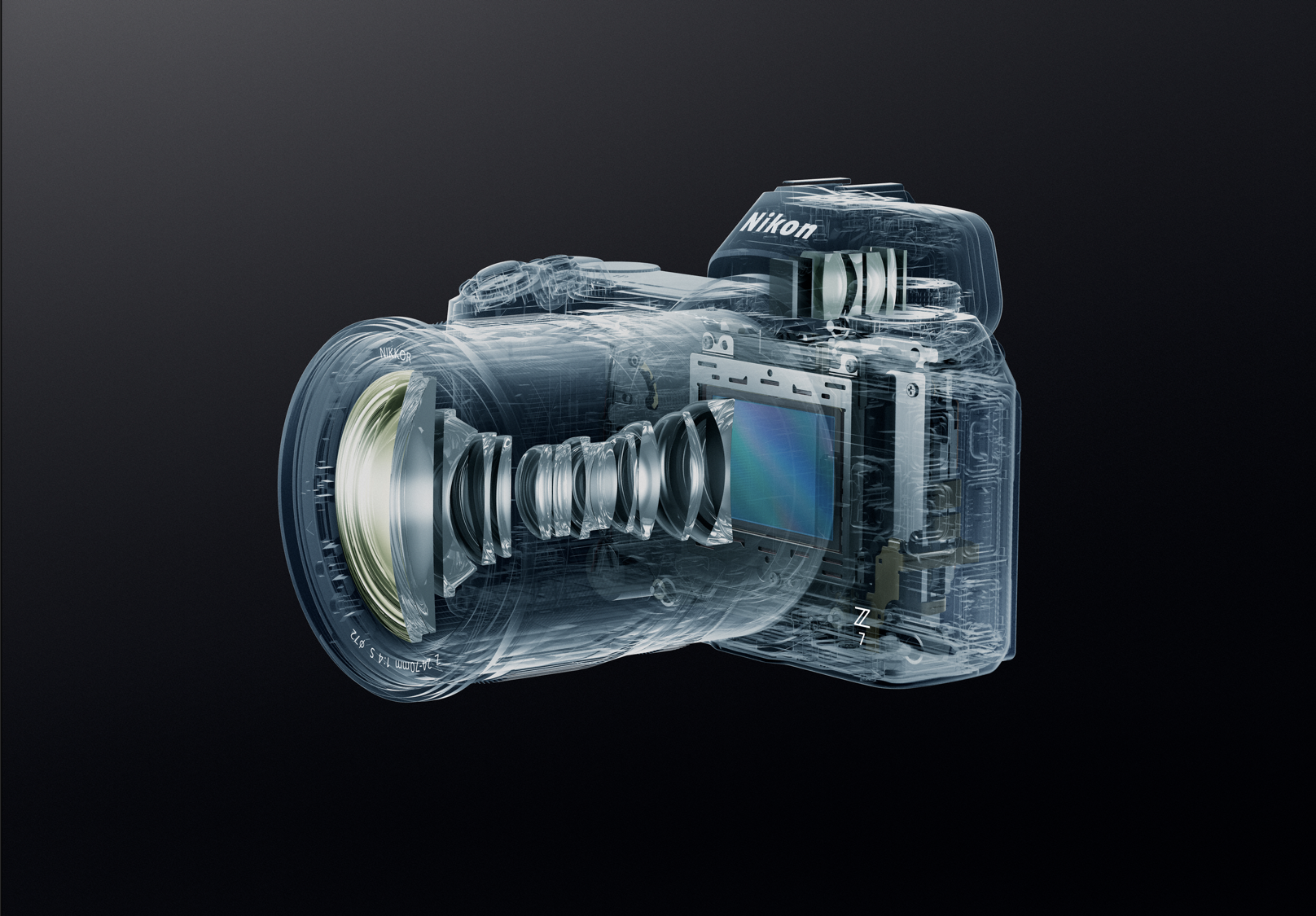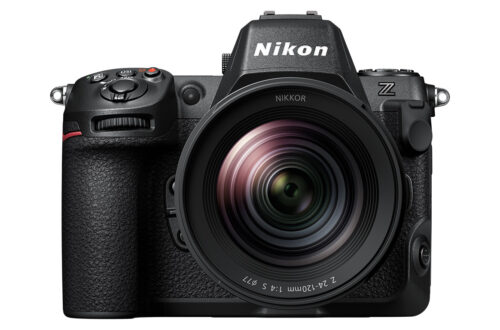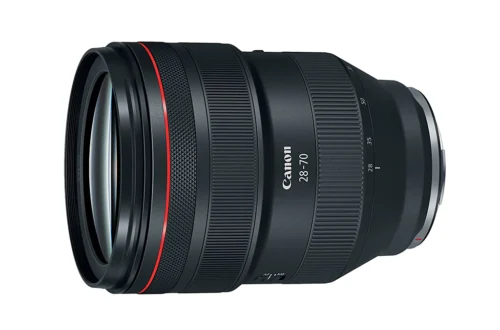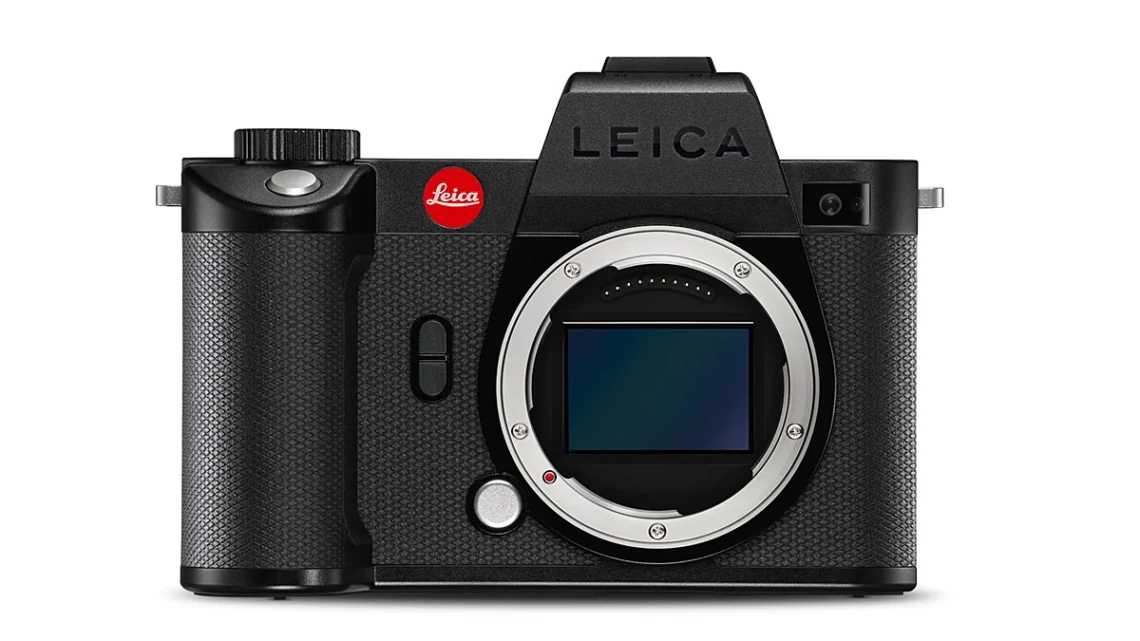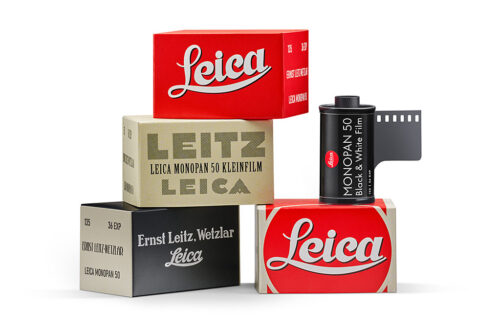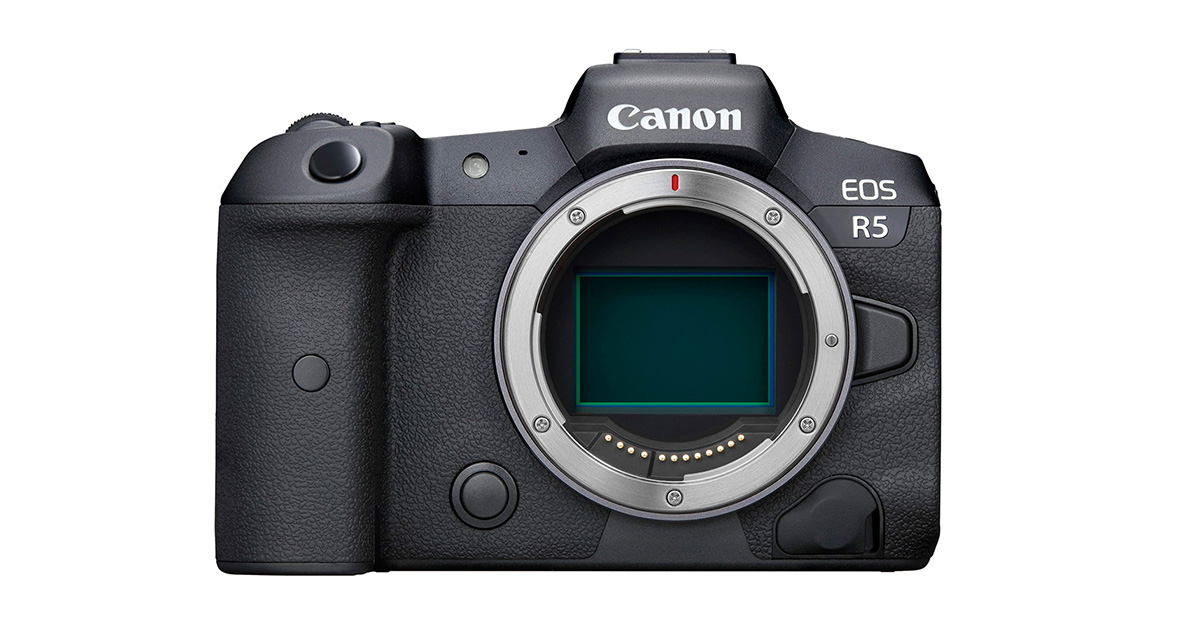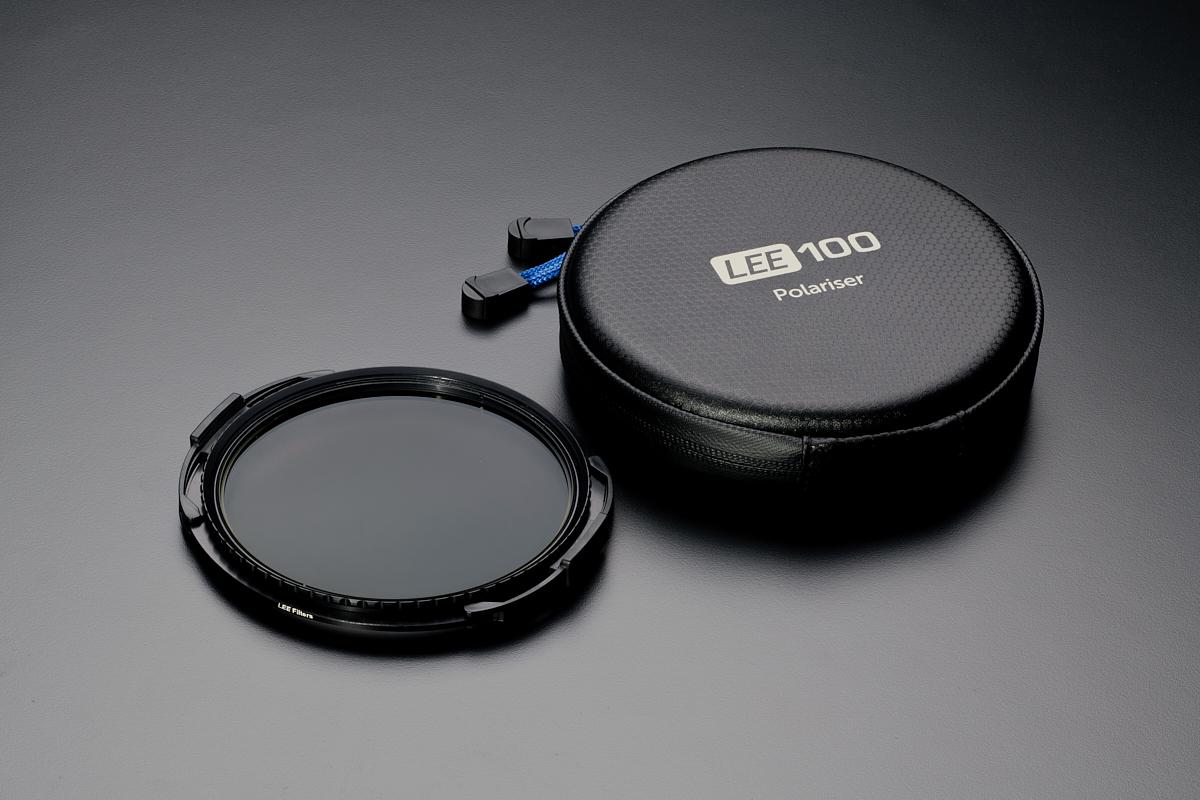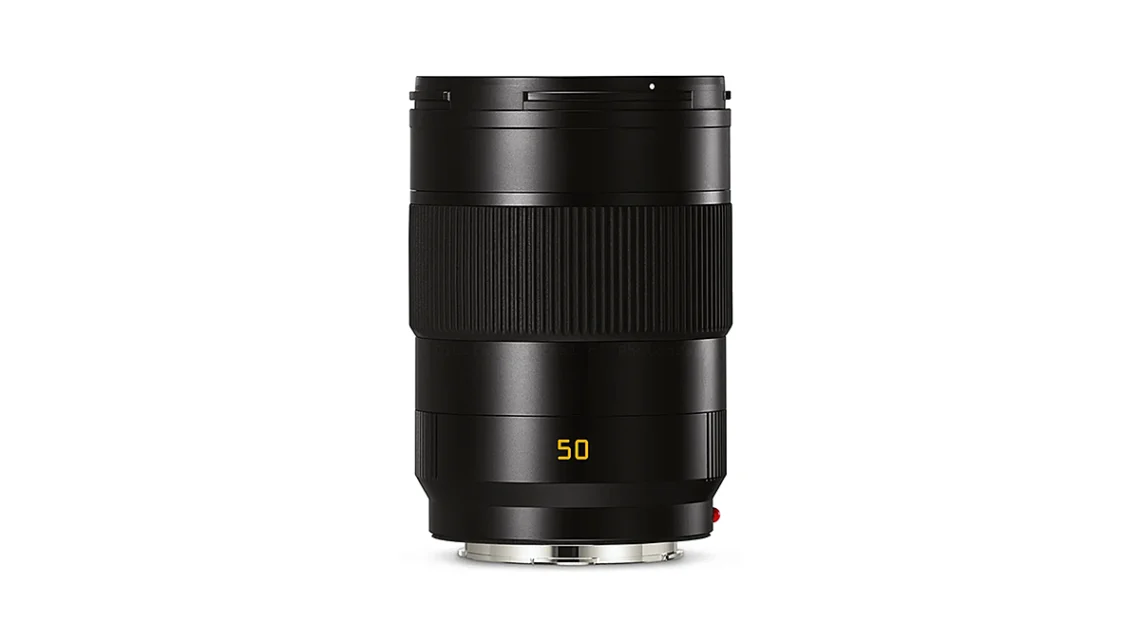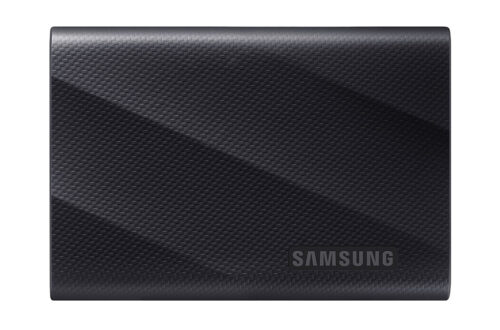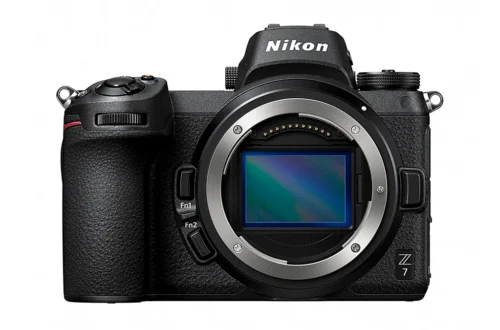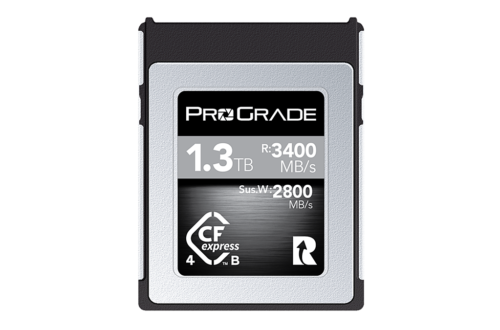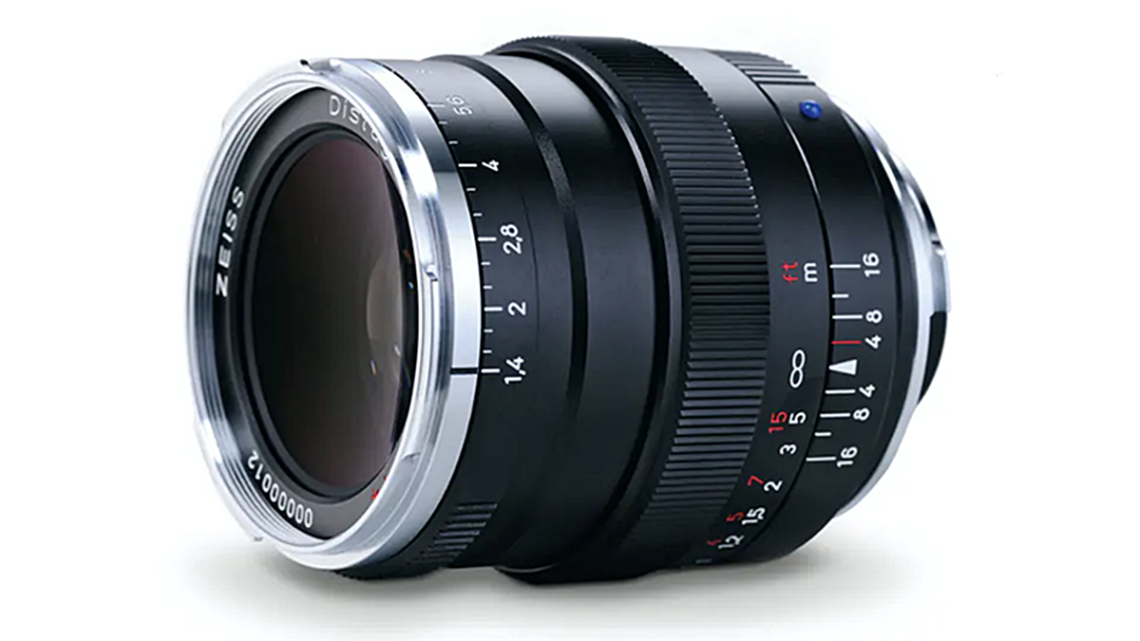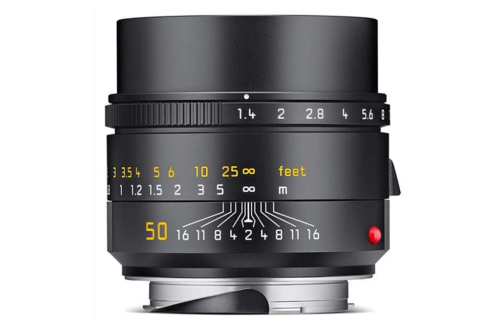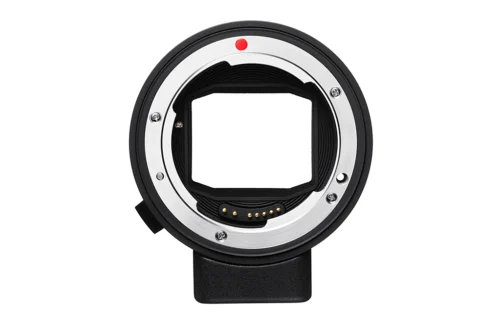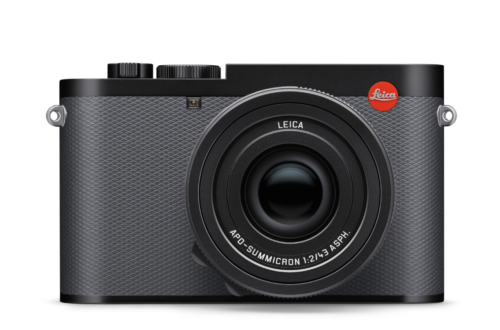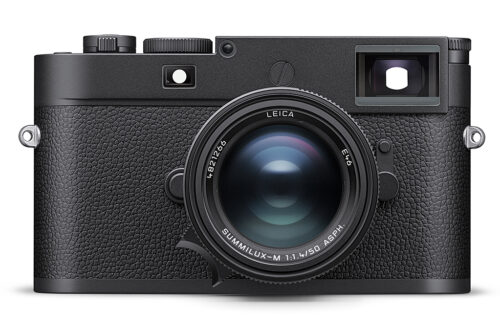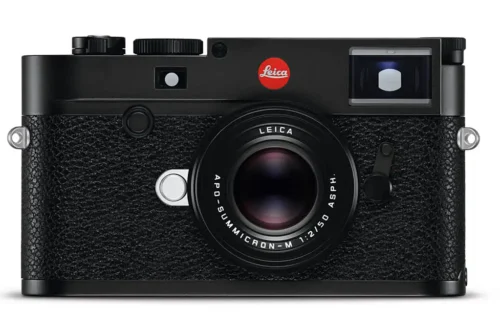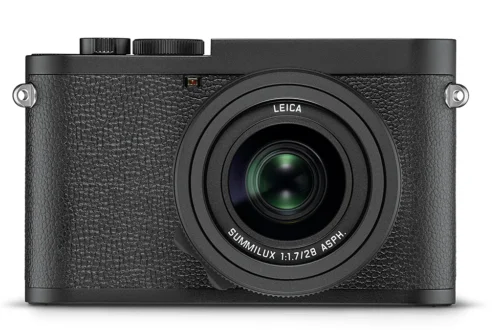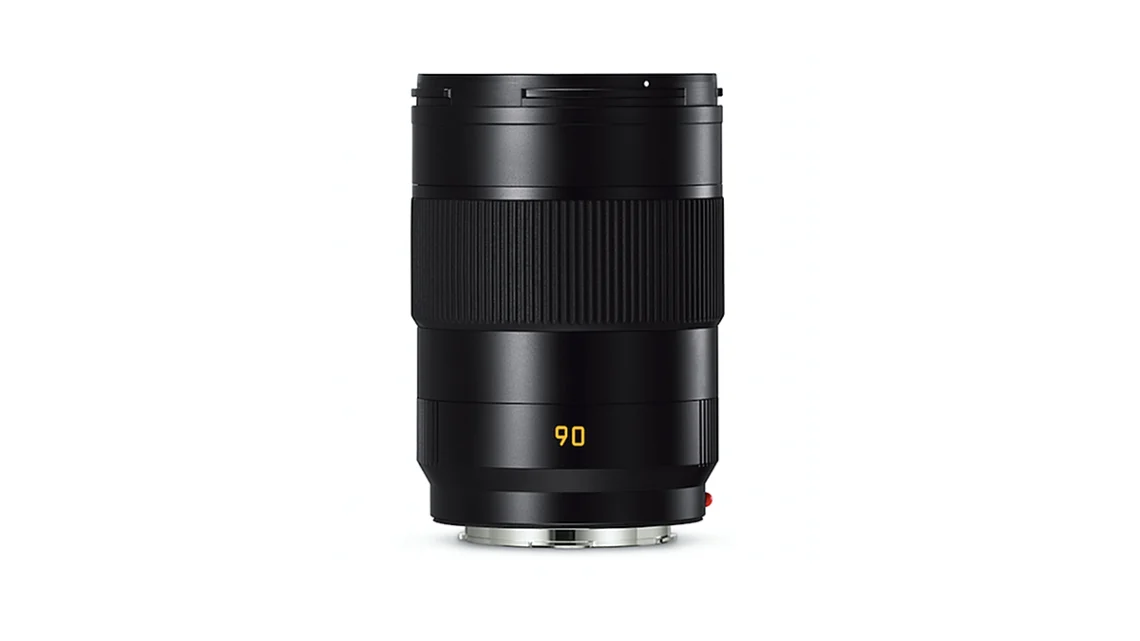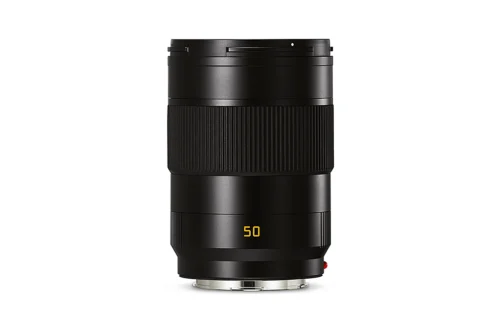-
Leica Super-APO-Summicron-SL 21 mm F2 ASPH lens review
The Leica Super-APO-Summicron-SL 21 mm F2 ASPH is a high-speed wide-angle for Leica SL cameras. It was announced in October 2023. This lens has the Super-Apo moniker and has a complex design of 14 elements in total, arranged in 11 groups. Leica doesn’t say how many AD (anomalous partial dispersion) elements there are but claims that ‘most’ of the 14 elements are made from ‘special custom glass.’ That may include the three elements with aspherical surfaces, but it’s unclear. Like others in the SL range, the lens also adopts a ‘digital element,’ or what’s better known as a built-in profile, to correct vignetting, distortion and chromatic aberration. While it’s perhaps…
-
Leica SL3-S added to SL system
Leica has officially launched its latest mirrorless camera, the SL3, at a press event in Wetzlar, Germany. Building on the highly respected and robust design of its predecessors, the SL3-S features a 24.6-megapixel full-frame BSI CMOS sensor, enhanced autofocus capabilities, and improved low-light performance, making it a capable and flexible tool for both professional photographers and filmmakers. Stills highlights: 24 MP CMOS enhanced low-light BSI-type sensor ISO range: 50 – 200,000 5-axis IBIS, up to 5 EV correction New high-speed Hybrid-AF system AF continuous shooting at up to 30 fps (12-bit) or up to 5fps (14-bit) 48 and 96 MP multishot mode, handheld or tripod Tamper-proof metadata with Content Credentials…
-
What I would like to see released in 2024
Manufacturers are often accused of not listening to customers when it comes to introducing new features but I’m sure it’s complicated to strike a balance between what’s achievable and their users’ wishes. Nevertheless, it’s still odd that we haven’t seen some features that would appear to be easy to add, such as those via software or firmware updates. So, here’s a list of some firmware or software (via the maker’s app) features that I would like to see added to cameras this year: Auto aperture series selection, where the photographer can program the camera to select and capture a series across a range of aperture settings. The camera must alter…
-
Leica APO Summicron-SL 50mm F2 ASPH lens review
Announced on 15 August 2019 (see our coverage here), the Leica APO Summicron-SL 50mm F2 ASPH is a relatively compact high-end lens for Leica SL cameras. Inside, the lens design is complex for a 50mm. However, it’s designed for a digital sensor, so some prerequisites must be met. It has no less than 12 elements in total, with several AD (anomalous dispersion) elements to mitigate CA and fringing, plus three with aspherical surfaces to reduce SA and distortion. The lens also adopts what some call a “digital element,” or a lens profile, to correct vignetting, distortion and CA, more as an afterthought in this case, as the lens is so…
-
Zeiss 35mm F1.4 ZM Distagon lens review
Intro Although marketed for the maker’s M-mount Zeiss Ikon rangefinder, the range of ZM lenses is rightly popular with Leica M users. All are accessibly priced compared with their Leica equivalents, and optical performance is often on a par, if not sometimes regarded as being technically superior. With the Zeiss Ikon camera now retired, this new high-speed 35mm model is aimed squarely at Leica’s core users. Compared to the latest iteration from Wetzlar, the Zeiss 35mm F1.4 ZM Distagon is priced somewhat modestly at around £1680 inc VAT. It’s supplied without a case or hood, but there’s no mistaking the quality. Build Externally, the design is reminiscent of previous models,…
-
Leica APO-Summicron-SL 50mm F2 ASPH lens announced
Leica has announced the Leica APO-Summicron-SL 50mm F2 ASPH lens, an L-mount lens that’s not only compatible with the Leica SL currently, but as a part of the L-Mount alliance, the lens is compatible with the Lumix S1 series made by Panasonic, as well as the Sigma fp. The lens features 12 elements with three aspherical surfaces and an unknown number – Leica claim the “majority” of elements being made of anomalous partial dispersion glass for apochromatic correction. As with other lenses in the Summicron-SL series, the 50mm F2 ASPH features a Dual Syncro Drive (DSD) stepping motor for fast autofocus, which allows for the lens to be driven over its…
-
Leica APO-Summicron-SL 50mm F2 ASPH tech specs
Technical data: Lens APO-Summicron-SL 50 mm f/2 ASPH. Angle of view (diagonal, horizontal, vertical) 47.2° / 40.0° / 27.3° Optical design Number of elements/groups 12/10 Number of aspherical elements 3 Position of entrance pupil in front of the bayonet flange 63.2 mm Focusing Working range 0.35 m to infinity Smallest object field 120 × 180 mm Largest reproduction ratio 1:5 Aperture Settings/functions Electronically controlled iris, setting with the camera setting dial, half- or one-third stop settings possible Aperture setting range 2 – 22 Smallest aperture 22 Bayonet/sensor format Leica L-bayonet, full-frame 35 mm format Filter thread E67 Dimensions and weight Length to bayonet flange 102 mm…
-
Leica APO Summicron-SL 90mm F2 ASPH lens review: The best money can buy
All modern lenses perform well, especially short-tele primes like the Leica APO Summicron-SL 90mm F2 ASPH, but the sizes over the last couple of years have become enormous. Admittedly, this is due to the makers’ preoccupation with ultra-high-speed lenses but independents like Sigma and Zeiss aren’t holding back. It seems that size is no longer a barrier, but that’s strangely at odds with the trend in smaller mirrorless cameras. Even Leica, the maker of the original compact primes for the M-series, succumbed to that mindset with the first lenses for the Leica SL models Both the Summilux-SL 50mm F1.4 ASPH and the Vario-Elmarit 24-90mm F2.8-3.5 ASPH are optically outstanding. If you need lenses…
